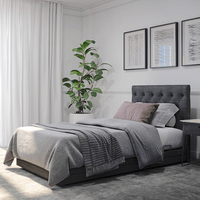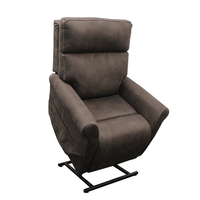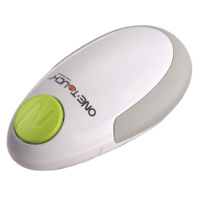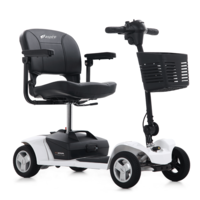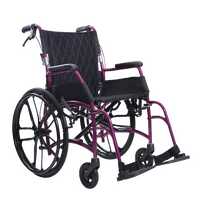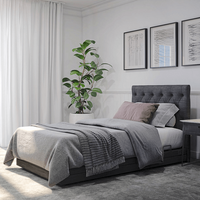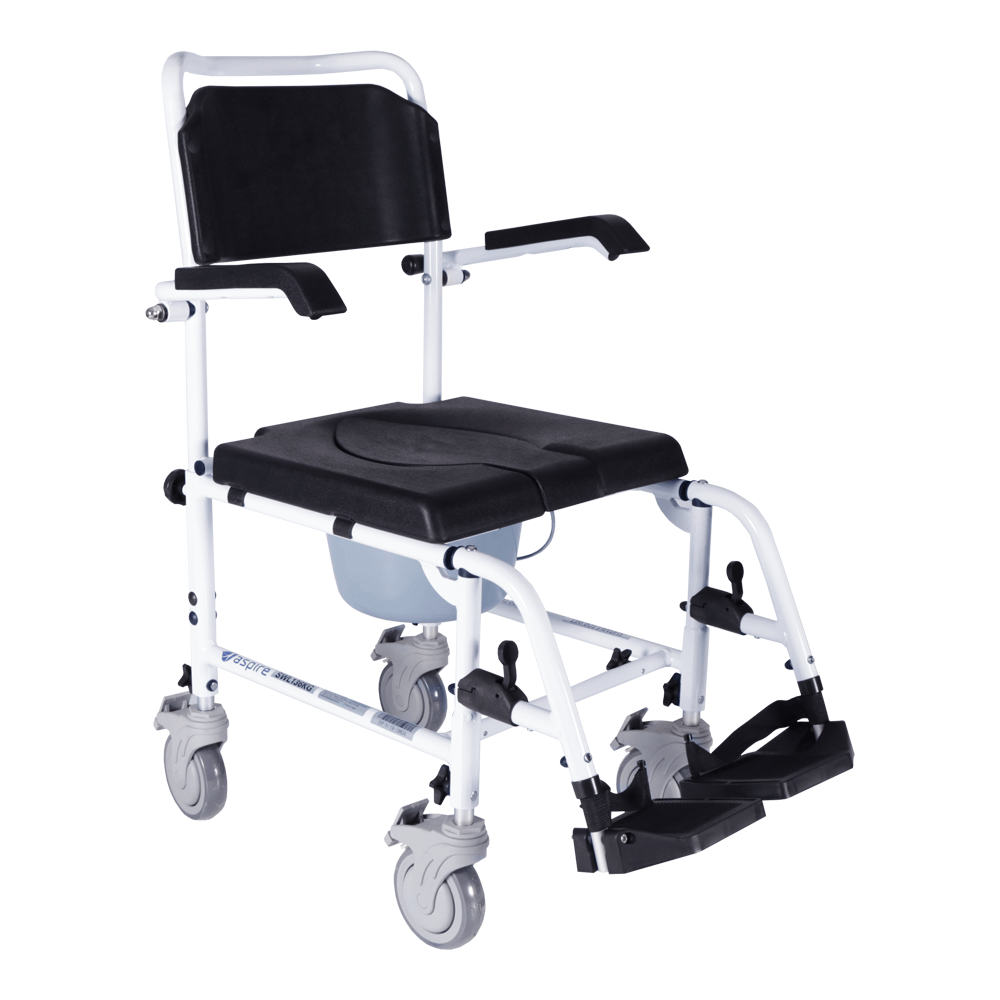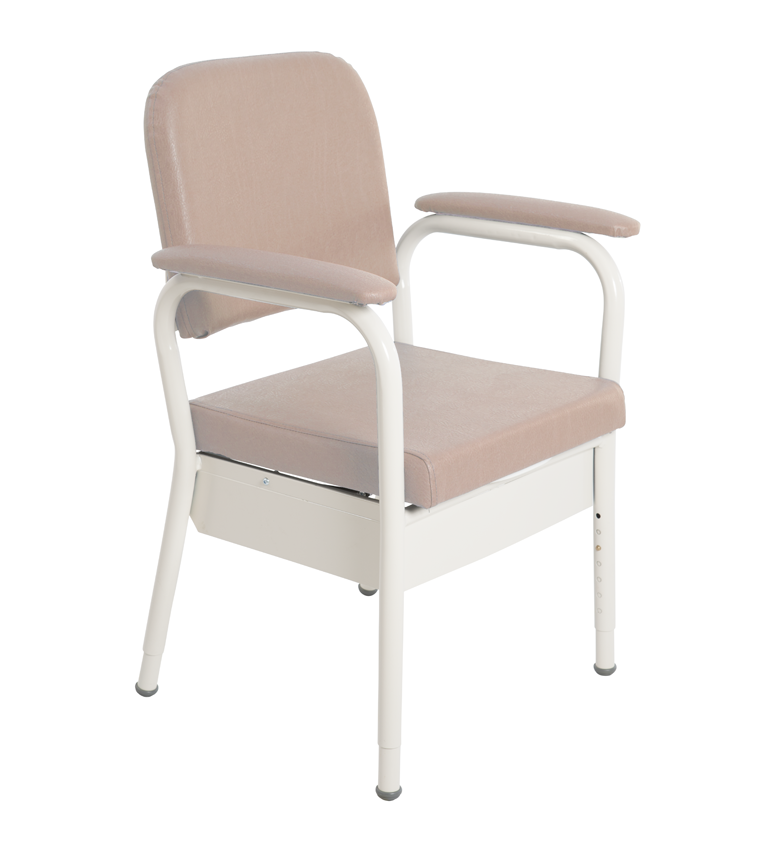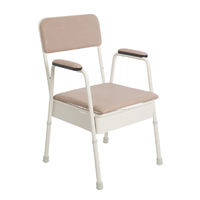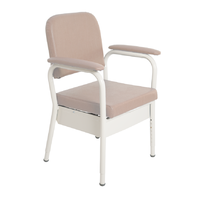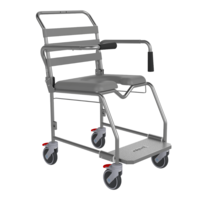How To Choose the Right Shower and Bedside Commode
As we age many of the things we once took for granted – such as using the bathroom – can become challenging. Ill health and declining mobility can mean something like getting up from the toilet is no longer as easy as it used to be. Or you may begin to feel tired or unsteady when standing in the shower and have begun to worry about slipping and falling.
A commode chair offers many benefits for people experiencing mobility issues due to aging, health issues or injury. If you think you could benefit from a commode chair, this article covers the key benefits and how to decide on the right commode chair for you.
What is a commode chair?
Shower and bedside commodes are freestanding toilet chairs designed to help people with mobility issues that make it difficult to walk to the bathroom when needed, or who need support when carrying out bathroom tasks.
Bedside commodes look like a standard chair, but function as a toilet. They are commonly placed in the bedroom where they can be easily accessed if getting to the bathroom is difficult, such as when a carer is unavailable.
A shower commode is similar to a bedside commode, but can be used in the shower in the place of a shower chair. They can also be used over the top of a standard toilet to provide more support.
Both shower and bedside commodes come in a variety of styles and models, making them a great solution for home and care environments.
What to consider when choosing a shower or bedside commode
As with any mobility aid, when it comes time to choose a commode chair you need to consider your particular needs and which features will give you the support and comfort you need.
You should also consider whether whoever will be using it has the ability to safely use a commode chair. People may need some time to get used to using a commode, and adjustments may need to be made to how and when you carry out certain tasks.
Shower commode or bedside commode
The first thing to consider is whether you are after a shower commode or bedside commode.
The key difference is the ability to use in a shower or wet areas. While a bedside commode features wipe-clean fabric, it isn’t specifically designed for use in the shower. However, a shower commode isn’t as aesthetically pleasing and if you’ll mostly be using the commode in the bedroom, you may prefer something that blends in with the decor.
How mobile is the person using it?
Shower commodes commonly feature wheels to allow them to be maneuvered into and out of the shower.
An attendant-propelled shower commode has handles to allow it to be pushed by a carer. They are designed for use by people who have limited upper arm strength and who may not be able to propel across a flat surface.
Self-propelled shower commodes are ideal for people who are able to push themselves in a wheelchair. They feature large back wheels for grip and balance.
How sturdy does it need to be?
Shower and bedside commodes can be made from various materials including steel, aluminium, plastic and PVC. This can affect the overall design of the commode chair, from a simple seat to one that is padded and has moving parts to assist transfers.
The type of material and design can also affect the price of the commode chair.
You should consider how much the commode will be used and how sturdy and functional it needs to be. If it will be only used for a short time then you may want a basic commode chair. However, if it will be in long-term use then a sturdy, padded chair will offer comfort and longevity.
Will it need to be height adjustable?
Bedside and shower commodes come in fixed and height-adjustable styles and you should factor this into your decision-making.
Fixed-height commodes are designed to fit the majority of users. However, if it will be used by someone particularly tall or short then you may want to look for a height-adjustable style to get the right fit.
An adjustable style may also help if your toilet isn’t a standard height and you want to use the commode chair as an over-toilet seat.
For more on buying a bedside or shower commode, take a look at our Buyer’s Guide to Shower Commodes. And if you need more information about the various features of shower and bedside commodes, feel free to reach out to the team at Mobility HQ and we’ll be happy to help.


















